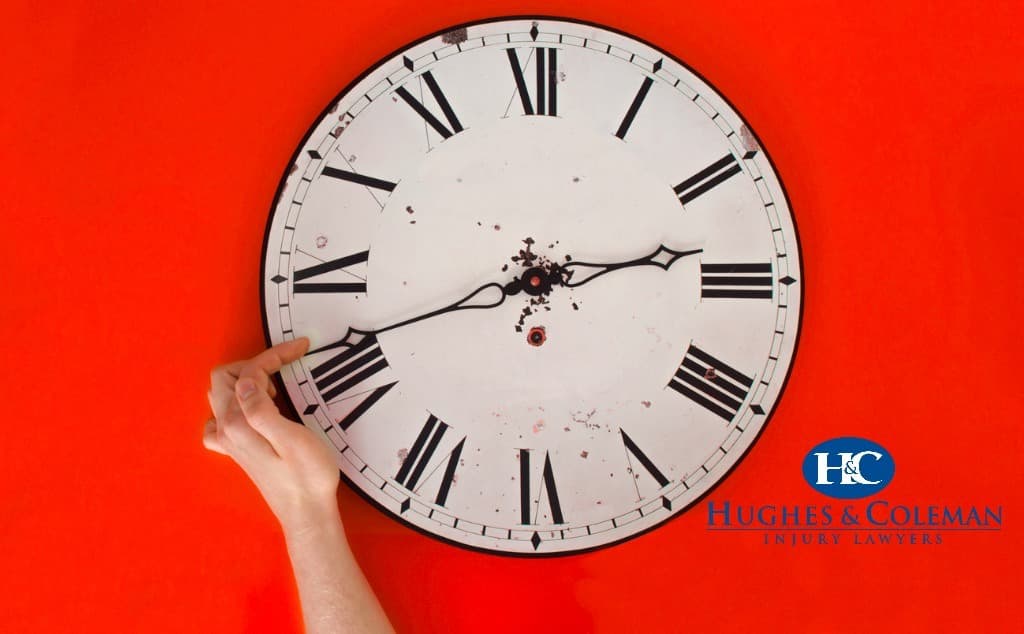-

American humorist, activist, inventor, and Ambassador to France Benjamin Franklin, is commonly regarded as the father of Daylight Savings Time. However, he offered it as a joke with his well-known wit.
In a letter to the Journal of Paris, Franklin claimed to be shocked when woken up at 6 a.m., that the sun was already up.
“He, and no doubt his readers had never seen the sun before noon,” said National Geographic in a blog. “Money would be saved, Franklin argued, if people rose with the sun and turned in earlier at night, replacing hours of expensive candle use with free morning daylight.”
He suggested a rationing of candle sales enforced by police guards and the firing of cannons in the street to get everyone on board with the program.
“It’s easy to say Franklin was just joking, and of course he was spoofing the French for being lazy,” said Tufts University professor Michael Downing, quoted by National Geographic.
Nevertheless, to some people, Daylight Saving Time isn’t a laughing matter. Others are all for it. In 1895, entomologist George Hudson of New Zealand suggested that clocks could be shifted two-hours so that he’d have more sunshine to go bug hunting in the summer. Later, in 1916, during World War I the German government started an official program as a way to conserve energy. Britain, the US, and other countries soon followed suit until the practice was halted at the end of the war.
“An extra yawn one morning in the springtime, an extra snooze one night in the autumn… We borrow an hour one night in April; we pay it back with golden interest five months later,” said Winston Churchill at the time.
Not everyone is as optimistic about Daylight Saving Time. In fact, almost every year, it becomes a “should we/shouldn’t we” debate among legislators in countries across the world. Fewer than 40-percent of the countries observe Daylight Saving Time.
Cost Savings?
“In those days, coal power was king, so people really did save energy (and thus contribute to the war effort) by changing their clocks,” says National Geographic.
But do participants of DST really get more daylight hours from the practice? It seems to be a matter of geography. Live Science says that regions farthest away from the equator and closer to the poles get the most benefit from the change during summer months.
As the world has moved away from coal power, the actual value in terms of modern energy savings benefits has been a topic of debate over the last half-century. However, one industry does seem to have consistently done well.
“Retail stores love Daylight Saving,” said Downing in an NPR interview. “Well, because when we have an hour of sunlight after work, Americans tend to go shopping. The first and most persistent lobby for Daylight Saving in this country was the Chamber of Commerce because they understood that if their department stores were lit up, people would be tempted by them.”
He added that in a 1986 congressional hearing that granted an extra month of Daylight Saving Time, the golf industry said that one added month was worth an extra $200 million in sales of golf clubs and green fees.
“For 25 years, candy-makers have wanted to get trick-or-treat covered by Daylight Saving, figuring that if children have an extra hour of daylight, they’ll collect more candy. In fact, they went so far during the 1985 hearings on Daylight Saving as to put candy pumpkins on the seat of every senator, hoping to win a little favor,” Downing said.
However, a 2016 study by JPMorgan Chase found that spending actually decreases nearly 4-percent by the end of Daylight Saving Time in November, greatly outweighing any increase that’s seen at the beginning.
DST Downsides
Daylight Saving Time also has a number of detractors that cite health concerns, increased car accidents, increased energy costs and annoyance.
“The whole proposition that you can gain or lose an hour is at best theoretical,” Downing said. “So I think from the start people had no clear idea what we were doing or why we were doing it. It just generates confusion, and confusion generates bad will.”
A March 2013 study found that only 37-percent of Americans thought it was a good idea and worth the hassle.
Studies show that Daylight Savings Time accounts for a 17-percent increase in traffic fatalities and a 25-percent increase in heart attack risk on the Monday after the shift forward in the Spring. Regarding heart attacks, the same study found that the risk dropped 21-percent when the clocks fell back at the end of the year.
The leading causes of concern in those studies were the shift in the natural sleeping patterns of humans, as well as the fact that the shift comes so close to Monday.
“The finding that the possibility of additional sleep seems to be protective on the first workday after the autumn shift is intriguing. Monday is the day of the week associated with the highest risk of acute myocardial infarction, with the mental stress of starting a new workweek and the increase in activity suggested as an explanation,” the study said.
Fall Back and the Missing Hour
When time “Springs Ahead”, the day is effectively 1-hour shorter at 23 hours. When it ends and we “Fall Back”, in terms of civil time, we gain 1 hour making up a 25 hour day.
“In effect, 1 hour is repeated as local time jumps from DST back to standard time,” explains timeanddate.com. “Let’s say that clocks fall back from 2 to 1 o’clock. This means that the hour between 1 and 2 o’clock happens twice during the night of the switch.”
Thankfully, in the modern age, it’s less difficult to change those clocks. Most appliances and devices automatically make the switch at 2 a.m. If a device does not auto-adjust, remember to turn clocks back to get that one hour of extra sleep.
Get In Touch Today!
We offer free consultations 24/7 and there will always be someone here to take your call. Call our personal injury lawyers today for a free consultation or fill out this form and we will contact you.
We serve clients across Tennessee and Kentucky and we have several offices throughout both states. See all of our locations and contact us today.


